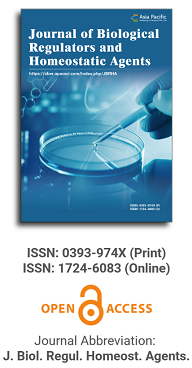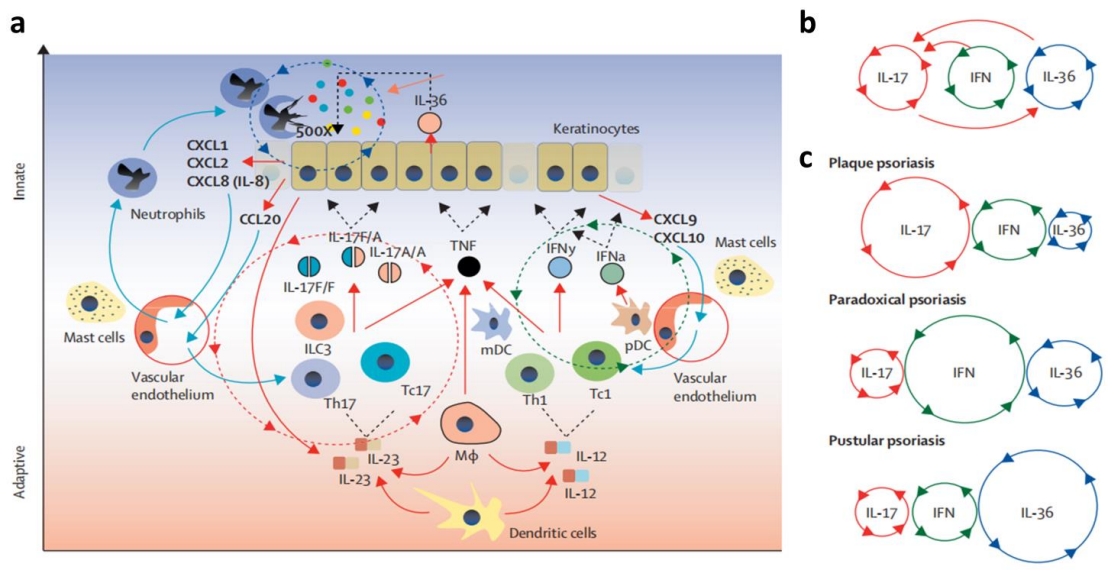
Asia Pacific Academy of Science Pte. Ltd. (APACSCI) specializes in international journal publishing. APACSCI adopts the open access publishing model and provides an important communication bridge for academic groups whose interest fields include engineering, technology, medicine, computer, mathematics, agriculture and forestry, and environment.

Hyperbilirubinemia and management of breastfeeding
Vol 26, Issue 3S1, 2012
Abstract
Hyperbilirubinemia and jaundice are natural, physiological phenomena which are only to be expected in the neonatal period, within certain limits. The highest percentage of jaundice in breastfed newborns should be evaluated in connection with inadequate management of breastfeeding rather than a direct effect of breast milk. Breastfeeding is also linked to visible jaundice persisting beyond the first two weeks of life ("breast milk jaundice"), but the appearance of skin jaundice is not a reason for interrupting breastfeeding which can and should continue without any interruption in most cases. There have been numerous contributions to the literature which have rescaled the direct role of breast milk both in early jaundice and in the more severe cases of late jaundice. The reviewed guidelines for detection and management of hyperbilirubinemia underline how prevention of badly managed breastfeeding and early support for the couple mother-child are effective prevention measures against severe early-onset jaundice; furthermore, the breastfeeding interruption is no longer recommended as a diagnostic procedure to identify breast milk jaundice because of its low specificity and the risk to disregarding the detection of a potentially dangerous disease.
Keywords
References
Supporting Agencies
Copyright (c) 2012 A Soldi, P Tonetto, F Chiale, A Varalda, C Peila, G Sabatino, L Occhi, F Giuliani, C Perathoner, G Prandi

This site is licensed under a Creative Commons Attribution 4.0 International License (CC BY 4.0).

Medical Genetics, University of Torino Medical School, Italy

Department of Biomedical, Surgical and Dental Sciences, University of Milan, Italy

